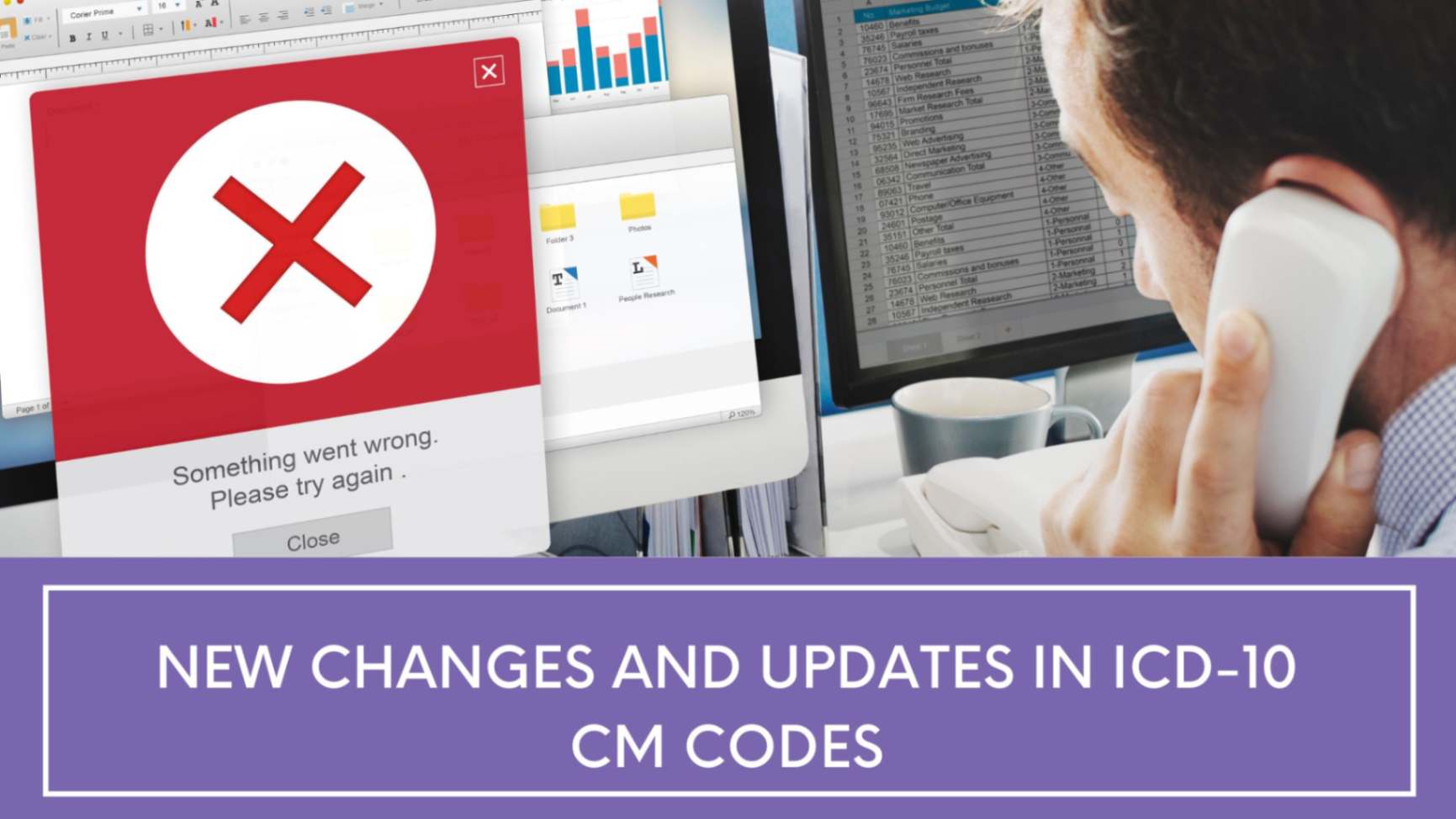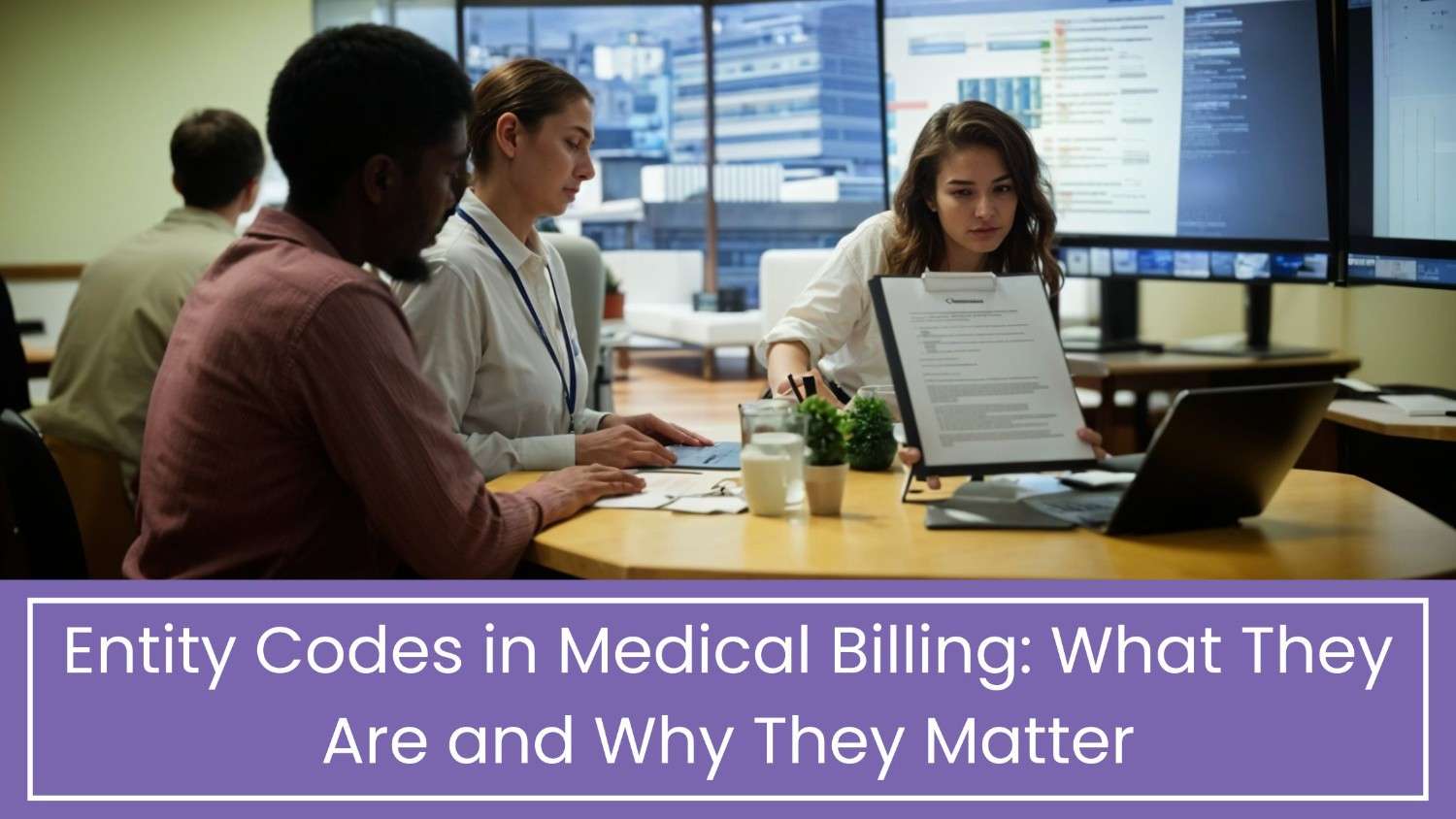New Changes and Updates in ICD-10 CM Codes
The New Changes and Updates in ICD-10 CM Codes bring significant modifications that impact medical coding, billing, and compliance. Every year, the ICD-10 CM coding system undergoes revisions to improve accuracy in diagnosing and reporting medical conditions. The latest New Changes and Updates in ICD-10 CM Codes introduce new diagnosis codes, deletions, and revised descriptions to enhance specificity and align with evolving healthcare needs.
Healthcare providers, medical coders, and billing professionals must stay informed about these New Changes and Updates in ICD-10 CM Codes to ensure accurate documentation and reimbursement. The recent updates address various specialties, including cardiology, neurology, oncology, and mental health. Understanding these modifications helps prevent claim denials and improves overall efficiency in medical billing processes.
Staying updated with the New Changes and Updates in ICD-10 CM Codes is essential for maintaining compliance with federal regulations and ensuring seamless healthcare operations.
More recently, the most significant changes in the code family are the volume and frequency of code and content updates that the standards bodies publish. The last few years saw tremendous updates and release schedules, resulting in value-based care model. This also has driven many transitions including the need for accurate documentation and the code that could capture every detail about the patient care and services delivered. However, even with the radical shift in all the codes, healthcare model, and quality of care given, the ultimate goal stays the same – improved patient outcomes.
The constant change is pushing the healthcare professionals to evolve the standards and regulations. The ICD -10 regulations have changed monumentally in the past 2 years. The Centers of Disease Control and Prevention or CDC has set out the new changes for 2023. Let us look into the latest set of ICD-10 updates and changes:
There are 1176 new billable healthcare codes in the ICD-10-CM code system for 2023, covering dementia, social determinants of health (SDoH), head injury and therapy for prolonged drug use, pregnancy, endometriosis, and maternal care.
These updates also encompass 28 revised codes, 36 codes converted as parent codes, 83 new codes included in the chapter of Mental, Behavioral, and Neurodevelopmental Disorders that contains 69 codes introduced for dementia ( both without and with psychological symptoms). In addition to the 287 codes were deleted, we have additions and revisions that are to be used between October 1, 2022, and September 30, 2023 for patient encounters and discharges.
Below are the excerpts of some significant changes in the ICD-10 CM that are effective October 1, 2022.
Table of Contents
Dementia Code Updates:
The latest guidelines for dementia reporting weighs on accurate and complete documentation from the provider’s end. The documentation must clearly specify the seriousness or severity of the patient’s condition and if the patient gets worse during their stay at the medical facility, the coder must also ensure that this severity is encoded.
Listed below are some newly updated codes classifications for dementia to identify Dementia with behavioral disturbances from Mental, Behavioral, and Neurodevelopmental Disorders (Chapter-5)
F01.A1 – Vascular dementia, mild
F01.B1 – Vascular dementia, moderate
F01.C1 – Vascular dementia, severe
F02.A1 – Dementia in other diseases classified elsewhere, mild
F02.B1 – Dementia in other diseases classified elsewhere, moderate
F02.C1 – Dementia in other diseases classified elsewhere, severe
F03.A1 – Unspecified dementia, mild
F03.B1 – Unspecified dementia, moderate
F03.C1 – Unspecified dementia, severe
Concussion-Related Code Updates:
Under Chapter-19 – Injury, Poisoning, and certain other consequences of external causes, changes are brought in stating that in order to assign an underdosing code, coders need not observe a change in the patient’s state and documentation of taking less than prescribed amount of medication would suffice the assignment of this underdosing codes.
Additionally, there are 86 new concussion-related codes with more specification on loss of consciousness (LOC) for coders to use in the classifications listed below:
S06.0XA – Concussion with LOC status unknown
S06.1XA – Traumatic cerebral edema with LOC status unknown
S06.2XA – Diffuse traumatic brain injury with LOC status unknown
S06.30A – Unspecified focal traumatic brain injury with LOC status unknown
S06.31A – Contusion and laceration of right cerebrum with LOC status unknown
S06.32A – Contusion and laceration of left cerebrum with LOC status unknown
S06.33A – Contusion and laceration of cerebrum, unspecified, with LOC status unknown
S06.34A – Traumatic hemorrhage of right cerebrum with LOC status
S06.35A – Traumatic hemorrhage of left cerebrum with LOC status unknown
S06.36A – Traumatic hemorrhage of cerebrum, unspecified, with LOC status unknown
S06.37A – Contusion, laceration, and hemorrhage of cerebellum with LOC status unknown
S06.38A – Contusion, laceration, and hemorrhage of brainstem with LOC status unknown
S06.4XA – Epidural hemorrhage with LOC status unknown
S06.5XA – Traumatic subdural hemorrhage with LOC status unknown
S06.6XA – Traumatic subarachnoid hemorrhage with LOC status unknown
S06.81A – Injury of right internal carotid artery, intracranial portion, NEC with LOC status unknown
S06.82A – Injury of left internal carotid artery, intracranial portion, NEC with LOC status unknown
S06.89A – Other specified intracranial injury with LOC status unknown
S06.8A – Primary blast injury of brain, NEC
S06.8A0 – Primary blast injury of brain, NEC without LOC
S06.8A1 – Primary blast injury of brain, NEC with LOC of 30 minutes or less
S06.8A2 – Primary blast injury of brain, NEC with LOC of 31 minutes to 59 minutes
S06.8A3 – Primary blast injury of brain, NEC with LOC of 1 hour to 5 hours 59 minutes
S06.8A4 – Primary blast injury of brain, NEC with LOC of 6 hours to 24 hours
S06.8A5 – Primary blast injury of brain, NEC with LOC greater than 24 hours with return to pre-existing conscious level
S06.8A6 – Primary blast injury of brain, NEC with LOC greater than 24 hours without return to pre-existing conscious level with patient surviving
S06.8A7 – Primary blast injury of brain, NEC with LOC of any duration with death due to brain injury prior to regaining consciousness
S06.8A8 – Primary blast injury of brain, NEC with LOC of any duration with death due to other cause prior to regaining consciousness
S06.8A9 – Primary blast injury of brain, NEC with LOC of unspecified duration
Long-Term Drug Therapy Code Updates:
Category Z79 (long-term drug therapy) has fifteen latest codes. The new guideline for this category states that coder can allocate both Z79.4 (long-term [current] usage of insulin) and Z79.85 (non-insulin & injectable antidiabetic medicine) if the patient is receiving both types of treatment i.e., insulin and injectable non-insulin antidiabetic drugs.
The coder can allocate both Z79.84 (long-standing [existing] usage oral hypoglycemic medications) and Z79.85 85 (non-insulin & injectable antidiabetic medicine) if the patient is receiving both types of treatment i.e., oral hypoglycemic medications and a non-insulin & injectable antidiabetic therapy.
SDoH Code Updates:
Chapter-21 (Factors influencing status and contact with health services- Z00-Z99) was introduced with some codes including the following:
Z59.82 – Transportation Insecurity
Z59.86 – Financial hardship
Z59.87 – Material hardship
Endometriosis:
Several code updates can also be seen in chapters 14 and 15 where Chapter -14 – Diseases of Genitourinary System incorporated 168 new codes associated with endometriosis which gives the limiting legacy codes more specificity by adding anatomical positions, laterality, and depth. Some of the new codes updated for “Diseases of the Genitourinary System”:
N80.00 – Endometriosis of the uterus, undefined
N80.02 – Uterine deep endometriosis
N80.10 – Ovarian endometriosis of unknown depth
N80.129 – Deep ovarian endometriosis, unidentified ovary
Maternal Care:
Chapter 15 – Pregnancy, Childbirth and the Puerperium (O00-O9A) incorporates 200 new codes this year to appropriately capture a significant number of particular fetal disorders that earlier iterations of ICD-10-CM did not fully portray.
Some updates under pregnancy and maternal care category:
O35.00 – Maternal care for (suspected) central nervous system malformation or damage in fetus, unspecified
O35.01 – Maternal care for (suspected) central nervous system malformation or damage in fetus, agenesis of the corpus callosum
O35.02 – Maternal care for (suspected) central nervous system malformation or damage in fetus, anencephaly
O35.03 – Maternal care for (suspected) central nervous system malformation or damage in fetus, choroid plexus cysts
O35.04 – Maternal care for (suspected) central nervous system malformation or damage in fetus, encephalocele
O35.05 – Maternal care for (suspected) central nervous system malformation or damage in fetus, holoprosencephaly
O35.06 – Maternal care for (suspected) central nervous system malformation or damage in fetus, hydrocephaly
O35.07 – Maternal care for (suspected) central nervous system malformation or damage in fetus, microcephaly
O35.08 – Maternal care for (suspected) central nervous system malformation or damage in fetus, spina bifida
O35.09 – Maternal care for (suspected) other central nervous system malformation or damage in fetus
O35.10 – Maternal care for (suspected) chromosomal abnormality in fetus, unspecified
O35.11 – Maternal care for (suspected) chromosomal abnormality in fetus, Trisomy 13
O35.12 – Maternal care for (suspected) chromosomal abnormality in fetus, Trisomy 18
O35.13 – Maternal care for (suspected) chromosomal abnormality in fetus, Trisomy 21
O35.14 – Maternal care for (suspected) chromosomal abnormality in fetus, Turner Syndrome
O35.15 – Maternal care for (suspected) chromosomal abnormality in fetus, sex chromosome abnormality
O35.19 – Maternal care for (suspected) chromosomal abnormality in fetus, other chromosomal abnormality
O35.A – Maternal care for other (suspected) fetal abnormality and damage, fetal facial anomalies
O35.B – “Maternal care for other (suspected) fetal abnormality and damage, fetal cardiac anomalies “
O35.C – Maternal care for other (suspected) fetal abnormality and damage, fetal pulmonary
O35.D – Maternal care for other (suspected) fetal abnormality and damage, fetal pulmonary anomalies, other fetus
O35.E – Maternal care for other (suspected) fetal abnormality and damage, fetal gastrointestinal anomalies, other fetus
O35.F – Maternal care for other (suspected) fetal abnormality and damage, fetal musculoskeletal anomalies of trunk
O35.G – Maternal care for other (suspected) fetal abnormality and damage, fetal upper extremities anomalies
O35.H – Maternal care for other (suspected) fetal abnormality and damage, fetal lower extremities anomalies
In addition to the above there are several updates to ICD-10 codes that are active effective October 1st, 2023. For bringing in the change for streamlined workflow – With appropriate support and guidance, healthcare facilities can bring about the updates and optimize their healthcare workflow. Practolytics is all set and has embraced the updated regulations for good! Our team of experienced coders and RCM staff are focused on being relevant and on delivering the best patient care.
Reach out to us to learn more!
ALSO READ – Ways to Avoid Common Medical Billing and Coding Errors
Talk to Medical Billing Expert Today — Get a Free Demo Now!






